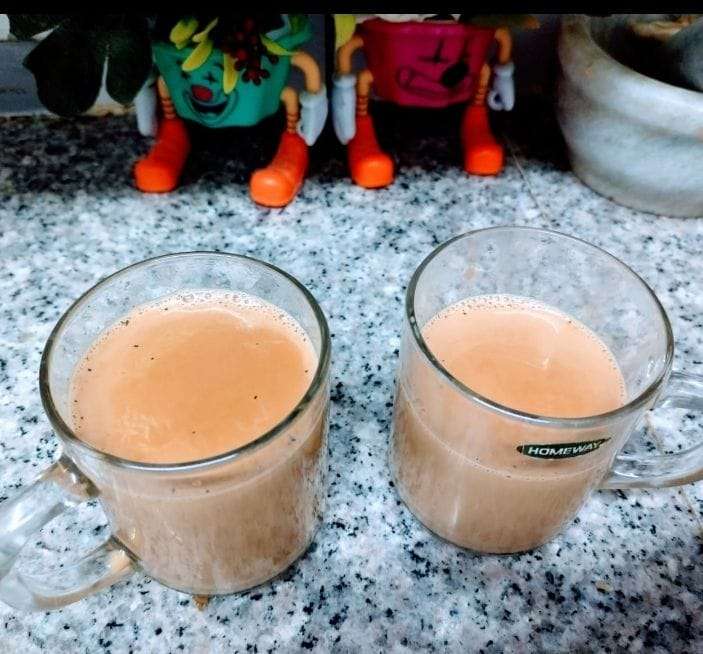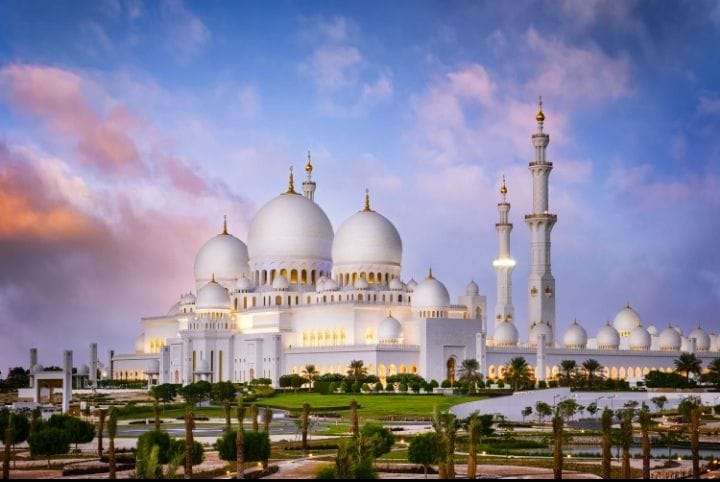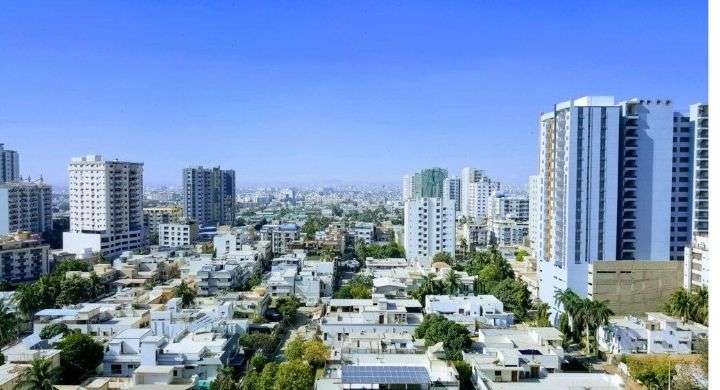Multan, often referred to as the “City of Saints,” is a treasure trove of history that beckons visitors with its ancient charm and cultural significance. The city, situated in the heart of Pakistan, boasts a rich tapestry of historical landmarks that narrate tales of bygone eras. Let’s embark on a journey through Multan’s history and explore the must-visit historical places in Multan.
https://youtu.be/ac-Wpfrcit0?si=KcG7ujHfu56P1MHO
Contents
- 1 historical places in Multan.
- 1.1 I.Multan Fort: A Citadel of Timelessness
- 1.2 II. Shahi Eid Gah Mosque: Where Time Stands Still
- 1.3 III.Tomb of Shah Rukn-e-Alam: A Spiritual Haven
- 1.4 IV. Multan Museum: Guardians of the Past
- 1.5 V. Chauburji: Echoes of Mughal Splendor
- 1.6 VI. Wazir Khan Mosque: A Jewel of Multan’s Architecture
- 1.7 vii. Chenab Bridge: Connecting Multan’s Past and Present
- 1.8 vIii.
- 2 Ghanta Ghar: The Timeless Market Hub
- 3 Conclusion
- 4 (FAQs)
historical places in Multan.
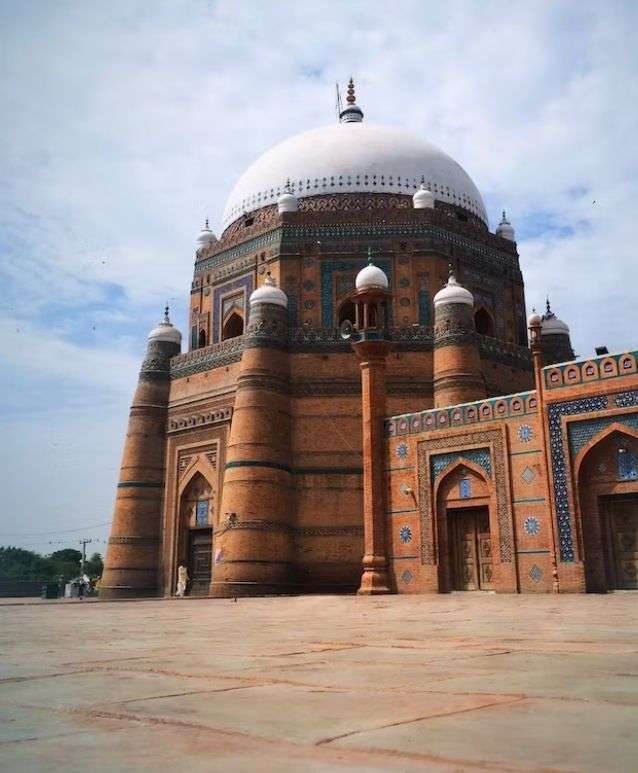
I.Multan Fort: A Citadel of Timelessness
A. Historical Significance
– Multan Fort, standing proudly at the heart of the city, is a symbol of resilience and endurance. Dating back to the era of Alexander the Great, the fort has witnessed the ebb and flow of civilizations, making it a living chronicle of Multan’s history.
B.Architectural Marvels
– The fort’s architecture is a mesmerizing blend of various styles, including Persian, Hindu, and Islamic influences. Its towering walls and intricate design pay homage to the craftsmen who contributed to its construction over the centuries.
C.Tomb of Ali Mohammad Khan
– Within the fort, the Tomb of Ali Mohammad Khan adds a spiritual dimension. The tomb, dedicated to a prominent military commander, stands as a testament to the valor and contributions of key figures in Multan’s history.
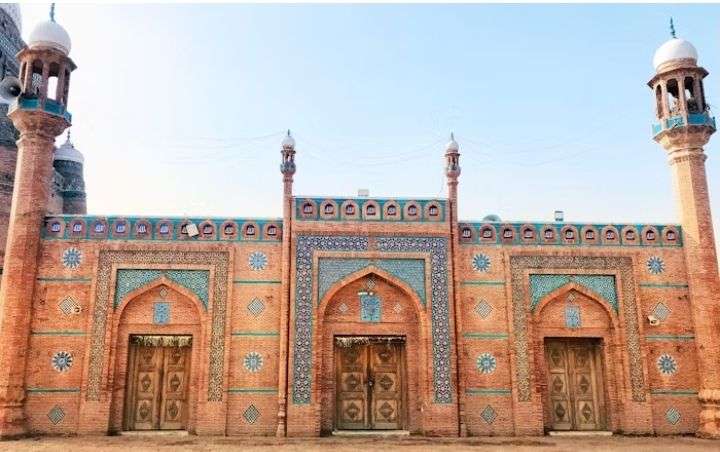
II. Shahi Eid Gah Mosque: Where Time Stands Still
A.Mughal Architectural Grandeur
– Shahi Eid Gah Mosque, a masterpiece from the Mughal era, stands as a testament to architectural brilliance. Its expansive courtyard and intricate design showcase the grandeur of Mughal craftsmanship that has stood the test of time.
B.Spiritual Heritage
– Beyond its architectural magnificence, the mosque holds a significant place in Multan’s spiritual heritage. It continues to be a center for religious and cultural activities, where time seems to stand still amid echoes of prayers.
C.Jahangir’s Quadrangle
– The mosque complex features Jahangir’s Quadrangle, an enclosed area built during the reign of Emperor Jahangir. This addition adds a touch of regality, reflecting the Mughal influence that graced Multan.
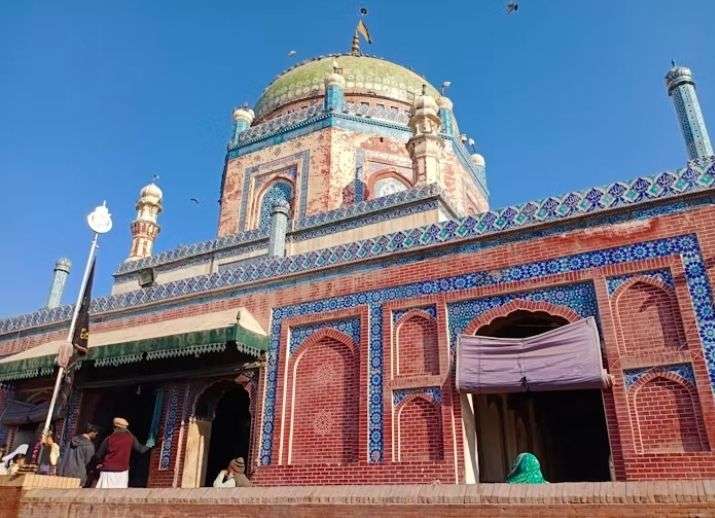
III.Tomb of Shah Rukn-e-Alam: A Spiritual Haven
A. Spiritual Icon
– The Tomb of Shah Rukn-e-Alam, dedicated to one of the most revered Sufi saints, stands as a spiritual beacon. Pilgrims and visitors converge at this mausoleum, creating an atmosphere of reverence and devotion.
B. Architectural Grandeur
– The tomb’s architecture is a masterpiece that blends Tughlaq and Timurid styles. The blue and white tiles that adorn the structure add a sense of serenity, creating an aura of peace and spirituality.
C.Religious Festivals
– The tomb becomes a focal point of religious festivals, especially during the annual Urs celebrations. The city comes alive with vibrant festivities, symbolizing the deep connection between Multan’s history and its spiritual traditions.
IV. Multan Museum: Guardians of the Past
A.Archaeological Treasures
– Multan Museum serves as the custodian of Multan’s archaeological treasures. From artifacts dating back to the Indus Valley Civilization to relics from the Islamic period, the museum offers a captivating journey through the city’s past.
B.Cultural Heritage Exhibits
– Visitors can explore exhibits showcasing Multan’s diverse cultural and artistic heritage. The museum provides a window into the evolution of the city, highlighting its contributions to art, literature, and craftsmanship.
C.Numismatic Collection
– The museum’s numismatic collection, featuring ancient coins, offers a fascinating glimpse into the economic history of Multan and its role in trade and commerce over the centuries.
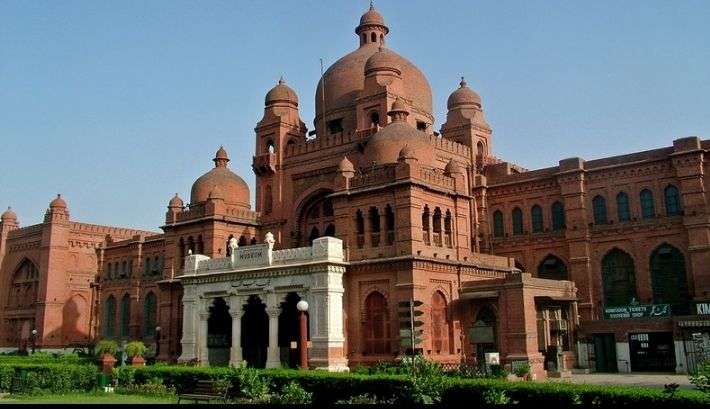
V. Chauburji: Echoes of Mughal Splendor
A.Mughal Gateway
– Chauburji, meaning “Four Towers,” is a Mughal gateway that once marked the entrance to a garden. While the garden is no longer present, the gateway stands as a silent testament to Multan’s Mughal heritage.
B.Architectural Details
– The intricate tile work and calligraphy on Chauburji’s facade reveal the artistic finesse of Mughal craftsmen. The structure, though weathered by time, continues to exude an aura of historical grandeur.
C.Urban Heritage
– Chauburji represents a piece of Multan’s urban heritage, offering a glimpse into the city’s Mughal past. It stands as a reminder of the aesthetic sensibilities that once adorned the landscapes of Multan.
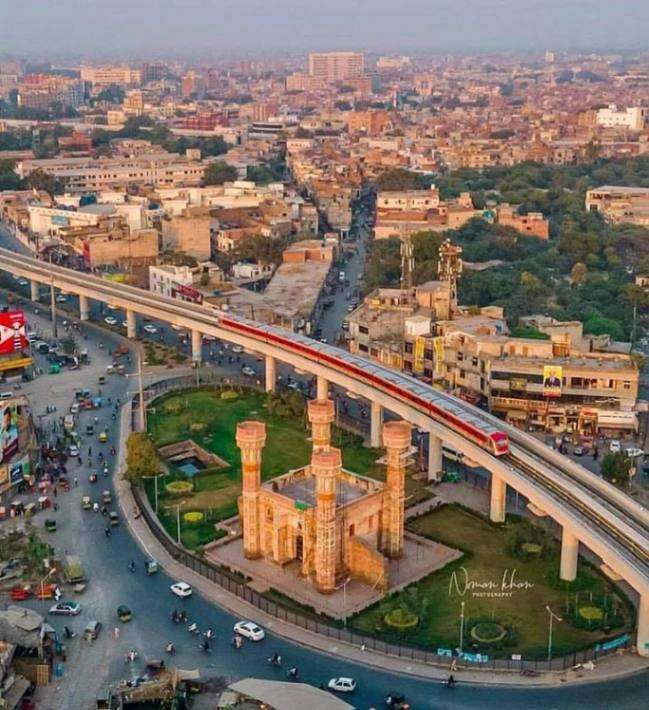
VI. Wazir Khan Mosque: A Jewel of Multan’s Architecture
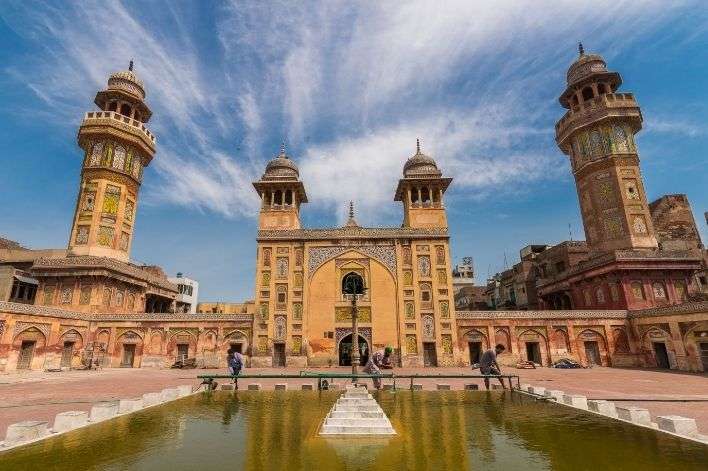
A. Historical Marvel
– Wazir Khan Mosque, an architectural gem, stands as a testament to Multan’s cultural vibrancy. Built during the reign of Emperor Shah Jahan, the mosque showcases the intricate craftsmanship of the Mughal era.
B. Colorful Tilework
– What sets Wazir Khan Mosque apart is its vibrant tilework. The intricate patterns and colors on the mosque’s facade create a mesmerizing visual spectacle, attracting visitors and art enthusiasts alike.
C.Spiritual Serenity
– Beyond its aesthetic appeal, Wazir Khan Mosque provides a serene space for spiritual reflection. The courtyard and prayer halls resonate with the tranquility that has prevailed within its walls for centuries.
vii. Chenab Bridge: Connecting Multan’s Past and Present

A.Engineering Marvel
– Chenab Bridge, an engineering marvel, connects Multan to other parts of the country. While a modern addition, the bridge reflects the city’s continuous evolution and its role as a crucial transportation hub.
B. Scenic Views
– Apart from its functional significance, the bridge offers scenic views of the Chenab River and the surrounding landscape. It serves as a modern vantage point to appreciate Multan’s geographical splendor.
C. Symbol of Progress
– Chenab Bridge symbolizes Multan’s progress and integration into the broader national infrastructure. It stands as a testament to the city’s dynamic spirit and its embrace of modernity while preserving its historical roots.
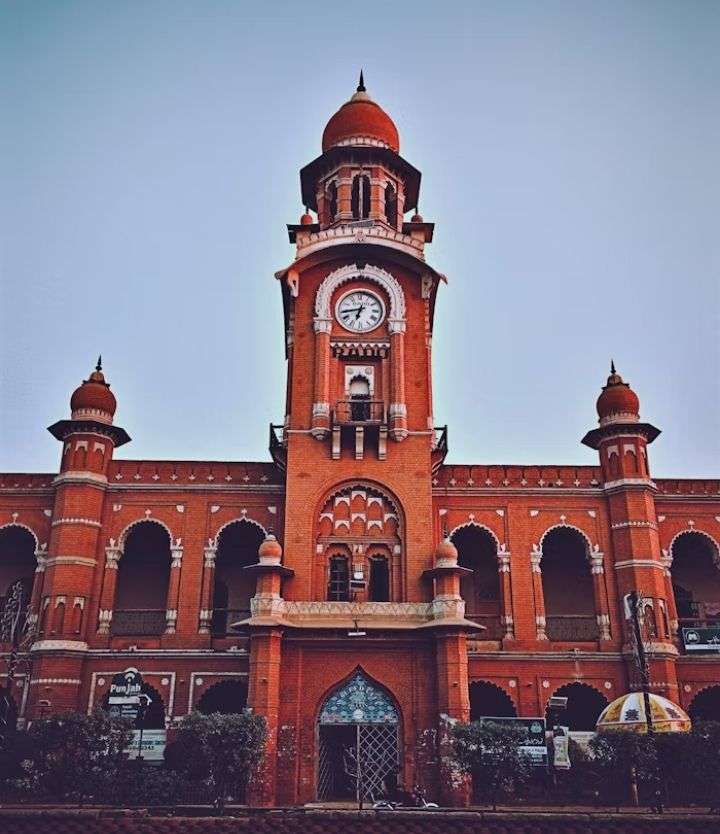
vIii.
Ghanta Ghar: The Timeless Market Hub
– Ghanta Ghar, or the Clock Tower, is a bustling market hub that has been witness to generations of trade and commerce. The market’s architectural charm and lively atmosphere make it a must-visit for those exploring Multan’s history.
Lively Merchant Culture
– Multan’s bazaars are not just about historical architecture but also the vibrant merchant culture that has thrived for centuries. Visitors can explore traditional markets, where the art of haggling and the exchange of goods echo the city’s commercial legacy.
Conclusion
Multan, with its must-visit historical places, offers a journey through time, where the past seamlessly intertwines with the present. From the ancient Multan Fort to the modern Chenab Bridge, each site contributes to the city’s diverse heritage. As visitors traverse through these historical marvels, they become part of a narrative that spans centuries, encapsulating Multan’s resilience, cultural richness, and timeless charm.
(FAQs)
Q: What is the historical significance of Multan Fort?
– A: Multan Fort, dating back to the era of Alexander the Great, holds historical significance as a symbol of resilience and endurance. It has witnessed the ebb and flow of civilizations, making it a living chronicle of Multan’s history.
Q: How has Shahi Eid Gah Mosque contributed to Multan’s spiritual heritage?
– A: Shahi Eid Gah Mosque, a Mughal masterpiece, contributes to Multan’s spiritual heritage by serving as a center for religious and cultural activities. Its architectural grandeur and historical importance make it a timeless symbol.
Q: Why is the Tomb of Shah Rukn-e-Alam considered a spiritual beacon in Multan?
– A: The Tomb of Shah Rukn-e-Alam is considered a spiritual beacon as it is dedicated to one of the most revered Sufi saints. Pilgrims and visitors converge at the mausoleum, creating an atmosphere of reverence and devotion.
Q: What treasures can visitors explore in Multan Museum?
– A: Multan Museum houses archaeological treasures, including artifacts from the Indus Valley Civilization and relics from the Islamic period. The museum provides a captivating journey through Multan’s past.
Q: What does Chauburji signify in Multan’s history?
– A: Chauburji, meaning “Four Towers,” is a Mughal gateway that once marked the entrance to a garden. While the garden is no longer present, the gateway stands as a silent testament to Multan’s Mughal heritage and urban history.
I’m originally from Manchester (England) but I currently live in New York. I started this travel blog all the way back in 2009 to provide travel advice that wasn’t available in the guidebooks.
Since then I’ve traveled to over 60 countries, a lot of the time, solo. My site is filled with destination guides, things to do, epic itineraries and money-saving travel tips. I hope I can inspire you to see the world!

